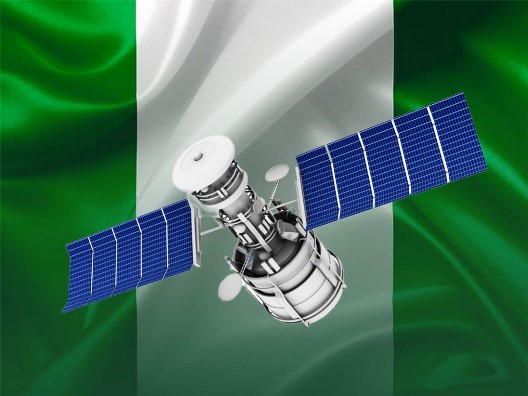By Gbolahan M.A. Alabi-Isama MS, Founder/CEO at Supercomafrica
In the realm of satellite technology, Nigeria is taking a bold step forward by relaunching its GEO-based satellite system, the NigcomSat 1R. This communication satellite holds the potential to be a game-changer, especially in bridging the digital divide that persists, particularly in rural regions. However, like any technological leap, it raises questions about accessibility, control, and security.
RELATED: Nigcomsat 1R and the confidence challenge (1)
Satellites Apart?
GEO, or Geostationary Earth Orbit, satellites operate at an altitude of around 36,000 km above the Earth’s surface, moving in sync with the planet’s rotation. This fixed positioning allows them to cover a specific region continuously. However, this advantage comes with a trade-off—latency. The roundtrip delay can range from 400 to 700 milliseconds, making certain activities, like real-time communications and gaming, less efficient.
The relaunch of GEO constellations, such as the NigcomSat 1R, sparks hope for widespread internet access, especially in remote areas. Yet, concerns arise about potential monopolies by large companies and the introduction of new security and privacy issues. The critical question remains: Can GEO satellite systems contribute to building an open, globally-connected, secure, and trustworthy internet for everyone?
LEO versus GEO motion and distance from Earth (not to scale).
The Pros and Cons of GEO Satellite Systems
Pros of GEO Systems:
1. Wide Coverage: GEO satellites cover vast geographical areas, making them ideal for providing internet access in remote or sparsely populated regions.
2. Stable Connectivity: The fixed position of GEO satellites ensures consistent coverage, reducing the need for frequent handovers between satellites.
3. Established Technology: GEO satellites have been in use for decades, providing a reliable and well-understood technology foundation.
Cons of GEO Systems:
1. Latency Challenges: The significant distance introduces latency, impacting real-time applications and activities that demand rapid responses.
2. Limited Capacity: GEO satellites may face challenges in handling a large number of users simultaneously, affecting overall bandwidth and speed.
3. Potential Monopolies: Concentration of control in the hands of a few large companies could limit competition and innovation in the industry.
GEO in Action:

Imagine a remote village in Nigeria gaining access to telemedicine services through the GEO-based NigcomSat 1R. The stability of GEO satellites ensures a reliable connection, facilitating consultations and medical support.
GEO vs. LEO: Navigating the Satellite Landscape
Advantages of LEO Satellites:
1. Lower Latency: LEO satellites, positioned under 2,000 km from the Earth’s surface, significantly reduce latency, enhancing real-time applications.
2. Higher Capacity: Closer proximity allows LEO satellites to offer higher bandwidth, enabling faster and more robust internet connectivity.
3. Rapid Technological Advancements: LEO technology is evolving rapidly, with companies like SpaceX and OneWeb leading the charge, promising improved performance.
LEO in Action:
Picture a bustling urban center enjoying high-speed internet through an LEO satellite network, enabling seamless video conferencing, online gaming, and instant data transfers.
Global Considerations:
Countries worldwide are exploring the potential of GEO satellite systems to address connectivity challenges. From providing internet access in remote areas to enhancing disaster response capabilities, GEO satellites are becoming integral to global communication strategies.
A Collaborative Vision for the Future
In navigating the satellite landscape, it is crucial to recognize the symbiotic relationship between GEO and LEO systems. While GEO satellites offer wide coverage, LEO satellites bring lower latency and higher capacity. The synergy of both technologies can be harnessed to create a comprehensive and inclusive global Internet ecosystem.
In the quest to build a bigger, better internet, the journey involves navigating the complexities of satellite systems. The relaunch of Nigeria’s GEO-based NigcomSat 1R is a testament to the commitment to connect the unconnected. As we tread this path, let’s embrace collaboration, innovation, and a shared responsibility for a secure, accessible, and globally connected Internet for everyone.
Connect with us as we explore the possibilities, address the challenges, and shape the future of internet connectivity through GEO satellite systems. Together, we can empower communities, bridge the digital divide, and create a brighter, connected future.
- This article is for educational purposes and does not constitute legal, financial, political, etc., advice. For specific advice applicable to you or your business, please contact a professional.






























